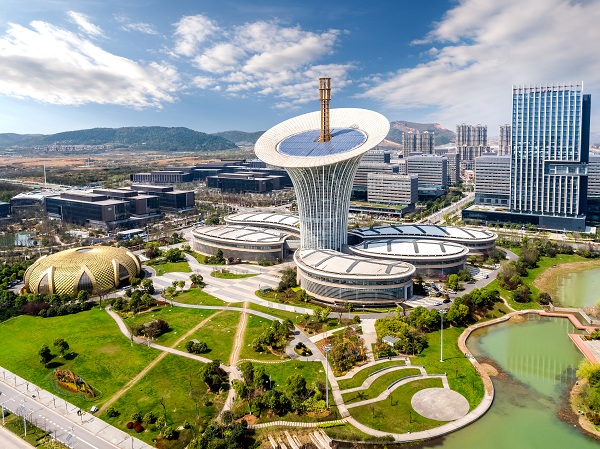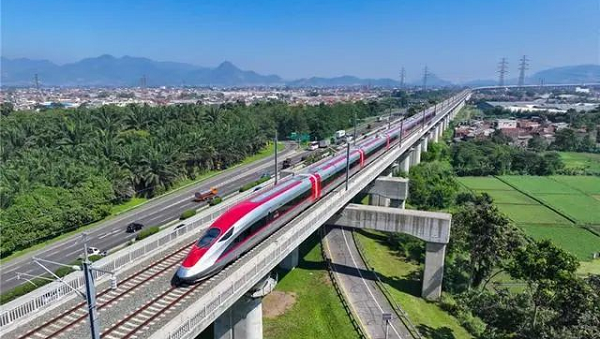Sci-tech corridor contributes 60% of Hubei's GDP

A landmark of the Optics Valley of China, which is located in Wuhan, Hubei province. [Photo/WeChat account of Optics Valley of China]
The GDP of Central China's Hubei over the first half of this year topped 2.63 trillion yuan ($365.31 billion), over 60 percent of which was generated by the Optics Valley Sci-tech Innovation Corridor.
Meanwhile, the added value of the province's high-tech industries was up 6.2 percent year-on-year, with the growth of core indicators in industries, investment, consumption and foreign trade exceeding the national average.
The province plans to advance the development of five major industrial sectors, including electronic information, new energy and intelligent connected vehicles, and high-end equipment manufacturing.
2023 is crucial for the in-depth development of the Wuhan metropolitan area, in which Wuhan, Ezhou, Huangshi and Huanggang are urged to coordinate in future innovation. The East Lake High-tech Development Zone (also known as Optics Valley of China, or OVC), as an irreplaceable driver of the metropolitan area's economic development, boasts over 5,200 high-tech enterprises and 200,000 sci-tech workers.
Commuter buses from Gaoxin Avenue in the valley to the Gedian Economic and Technology Development Zone in Ezhou depart at 7:30 am every morning. This year, the travel routes have been extended to the Huanggang Hi-tech Development Zone.
"It takes us less than 20 minutes to travel among the three places, just enough to have a bowl of hot dry noodles (a special dish in Wuhan)," said a bus commuter.
The four-city integration benefits not only individuals, but also enterprises. Wuhan Raycus Fiber Laser Tech Co, a company based in OVC, saw its production costs down 15 percent after it decided to set up its manufacturing base in Huangshi, which is located 100 kilometers from the valley.
This year, Ezhou Huahu Airport will open 44 domestic cargo routes and more than 10 international cargo routes to build Hubei into a significant transport hub for the dual circulation paradigm, according to Li Donghui, director of the Hubei Provincial Development and Reform Commission.
He emphasized the necessity of taking initiative, finding opportunities in crises, and being sensitive to new trends amid fierce competition and economic conversion, and stressed the use of domestic and international markets to build a more resilient supply chain system.




